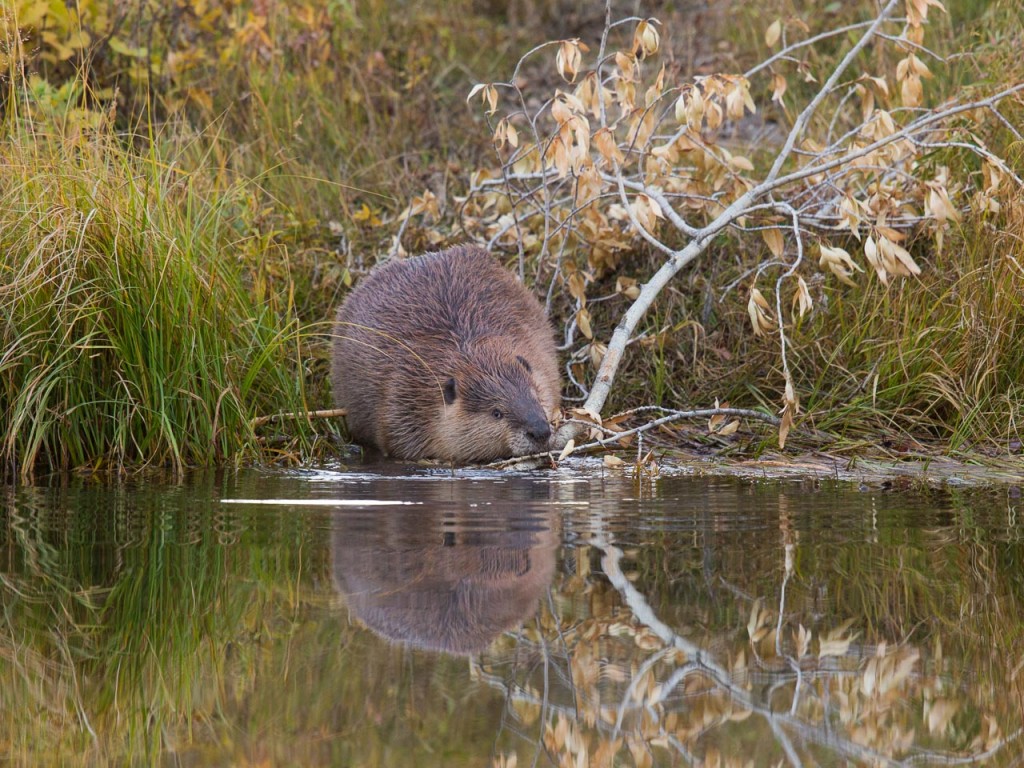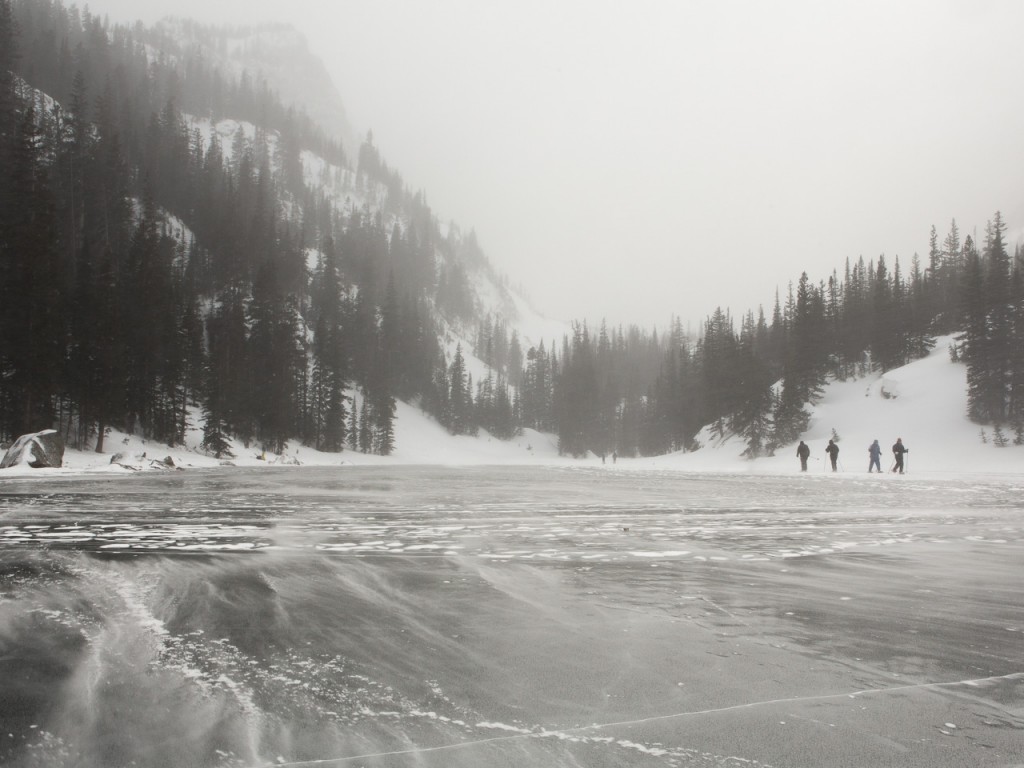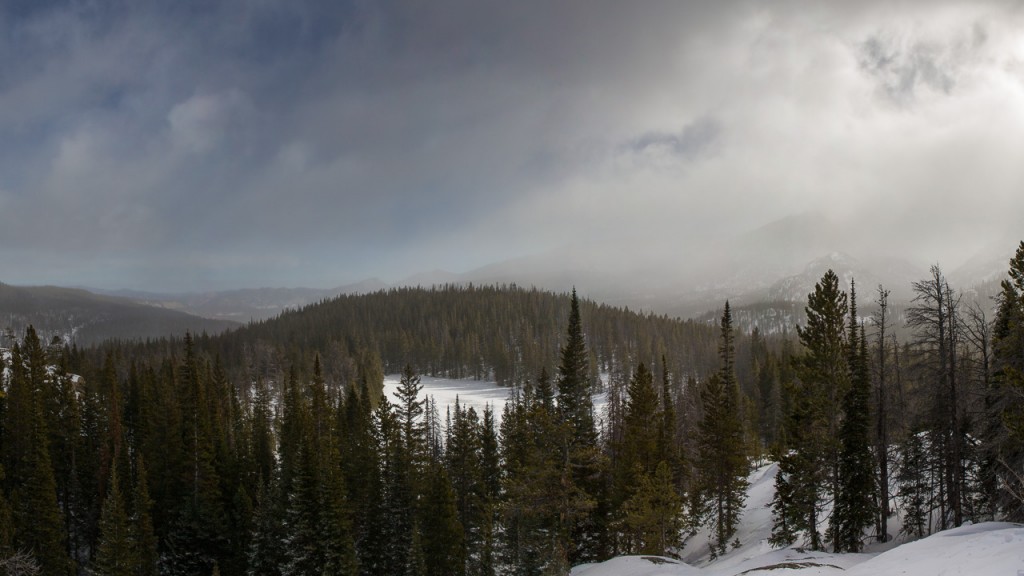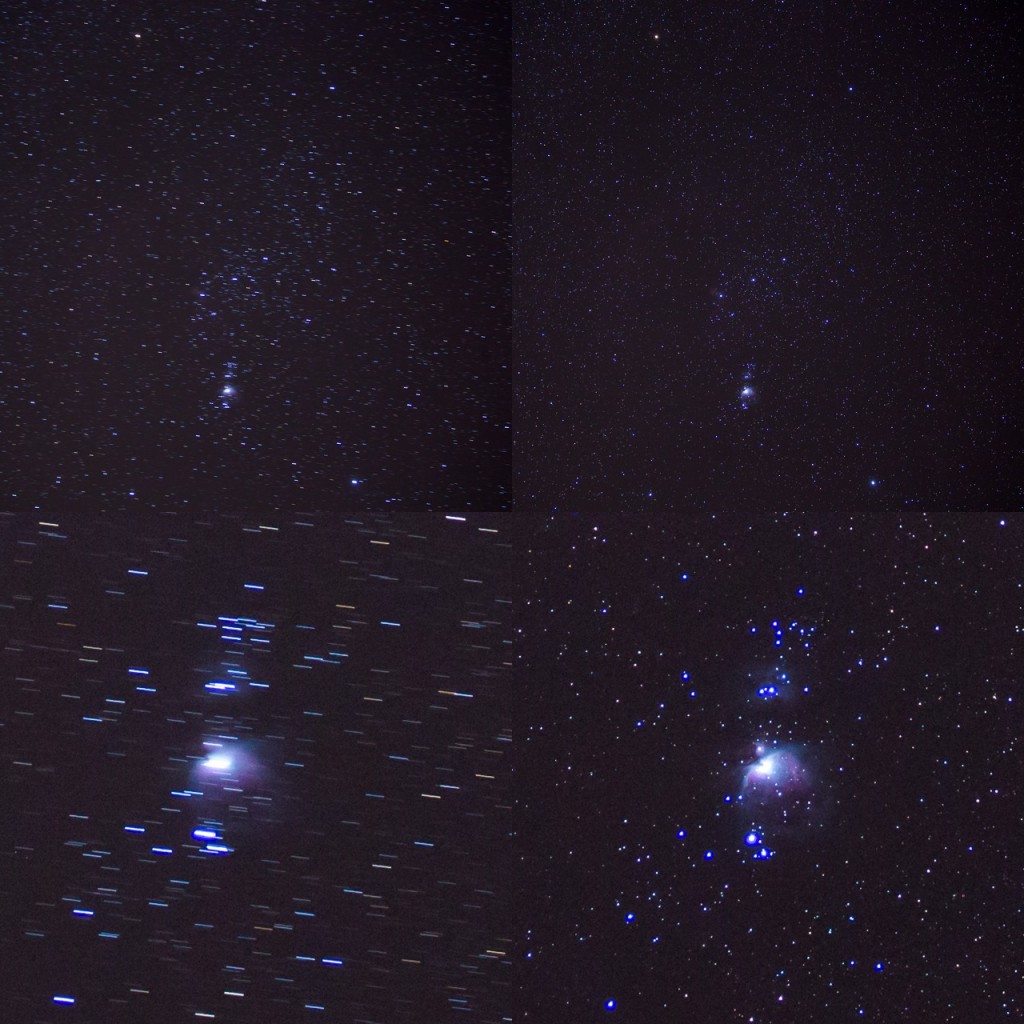My first attempt at a really long duration time lapse coincided with Boulder experiencing its snowiest February on record (usually, February isn’t a very snowy month in these parts). As is the usual pattern here, the storms were followed by sunny winter days that show off the Flatirons at their best.
A week of Colorado weather
I’ve set up the camera (connected to an external power supply and an interval timer) for a long duration time lapse from my office. Even with a Lenskirt it proved to be tricky to eliminate flare from the glass at night, so I ended up having to place the lens parallel to and flush against the glass. It’s not an ideal framing. Nonetheless the first week saw snow and a couple of good sunrises and sunsets. A major storm is coming this weekend so we’ll see what that looks like!
Teton beavers
An unexpected highlight of last Fall’s trip to the Tetons was the opportunity to photograph a family of beavers. Previously, I’d seen a beaver only once – while rather rudely crossing his dam en route to Snowmass lake in the Maroon-Bells wilderness near Aspen – and had I given it any thought I’d probably have guessed that they were rather elusive and largely nocturnal creatures. So it was quite a surprise to find a pair of Teton beavers active well before sunset, and relaxed with onlookers around. They’re truly amazing animals to see in action!
These beavers are, it turns out, rather famous. Hanging around at the beaver ponds after sunset (waiting to shoot star trails) we were lucky enough to meet Jeff Hogan, a wildlife cameraman whose work for the BBC we knew well. Jeff had been filming beavers at this spot for more than a decade – mostly alone but once with David Attenborough on location. It was a reminder, if any were needed, of how critical it is to really get to know the behavior of the wildlife you’re photographing.
The Tetons from Jackson Lake
Zurich
Flying into Zurich at dawn gave an alluring view of the Alps, but this was a work trip and in the course of a week I didn’t make it beyond the city limits (next time, where next is about a month!). The old city center is rather lacking in landmarks, but it’s generally very pretty.
On work trips like this, and even on vacations where photography is not the main goal, I almost always now go with the little Sony and leave the Canon 5D3 home alone. Therein of course lies the possibly existential challenge for Canon and Nikon’s camera divisions – why carry a DSLR, when a lighter mirrorless camera can most often capture a shot of good enough quality?
Part of Canon’s answer became clearer while I was away. They’d like to reset the bar for “good enough” quality into what was formerly medium format territory, and offer high resolution DSLRs to meet that need. I have mixed feelings about this. On the one hand, a side-by-side comparison of 5D3 frames with images from my brother’s Nikon D800e showed the latter to be clearly better, even under normal shooting conditions. So I’ve no doubt that more pixels are useful, and eventually it’s inevitable that full frame cameras will all sport crazy resolutions. On the other, Canon’s specific implementation in the 5Ds feels less than fully compelling. The high resolution comes with an acknowledged step back in video (which I’ve come to enjoy experimenting with), and overall image quality that’s probably a wash with Nikon’s D810 (slightly higher resolution, probably slightly less dynamic range, though we’ll have to see about the latter). Certainly it’s a step forward in the Canon world, but if I’d really really wanted these capabilities I’d have switched to Nikon already.
More interesting, both personally and perhaps for the future of DSLRs, was the announcement of an 11-24mm f/4 lens. If Canon have been conservative on the camera front, they’ve been anything but when it comes to lenses, with a host of unusual recent offerings (a fisheye zoom, new tilt-shift and diffractive optics glass, the 200-400mm f/4 with converter
Dream Lake
With a visitor in town, it was time for a touristy foray to Rocky Mountain National Park, and a quick hike on the popular trail up to Dream Lake. It was a warm sunny day in Boulder, but as usual above 10,000 feet the park provided an authentic taste of winter! Also as usual, I resolved to visit the park more often. Even the most familiar corners rarely disappoint.
Testing the startracker
After shooting the comet last night, I did a quick test of the iOptron startracker by pointing at Orion and taking both tracked and untracked frames at 70mm focal length. The exposure was 30s at f/4, ISO 3200.
As was already clear from the comet image, it does what it says on the box and tracks the stars! I didn’t spend very long getting an accurate alignment to the pole (in the dark and cold my motivation for fiddly tasks is reduced), but out to 200mm focal length and 1 minute exposures it seems rough alignment is good enough. The lower panels show a close-up of the Orion Nebula – it’s not the Hubble Space Telescope but I’m actually pretty amazed at the amount of color you can see with such a quick effort.
Comet Lovejoy
First clear day this week, so I drove part-way up Flagstaff Mountain to see if the comet was visible. That close to Boulder the sky is still not all that dark, but a quick frame at 70mm in the general direction of Orion and the Pleiades quickly located it. I could just about see it with the naked eye once I knew where to look. This is a slight crop from the best frame, shot at 200mm (f/4, 60s, ISO 1600) using the iOptron Skytracker. Going any deeper led to diminishing returns. There’s not much by way of a tail to see, but the bright green color is pretty cool!
Seeing in the New Year…
iOptron SkyTracker
Every saga has a beginning












